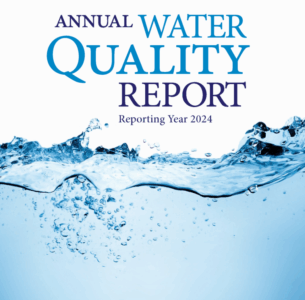Aquatic Ecosystem Preservation and Restoration
Aquatic ecosystem preservation has become increasingly critical as environmental challenges intensify globally. Understanding the delicate balance within marine and freshwater environments requires comprehensive knowledge of biological interactions, chemical processes, and physical dynamics that sustain aquatic life.
Restoration efforts focus on rehabilitating damaged ecosystems through targeted interventions. These include removing invasive species, reintroducing native flora and fauna, improving water circulation patterns, and establishing buffer zones to protect sensitive areas from external pollutants and human interference.
Successful preservation strategies combine scientific research with community engagement, ensuring long-term sustainability. Monitoring programs track biodiversity indicators, water quality metrics, and habitat health assessments to measure restoration progress and adapt management approaches based on empirical evidence and changing environmental conditions.




